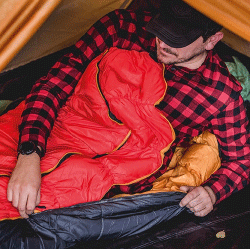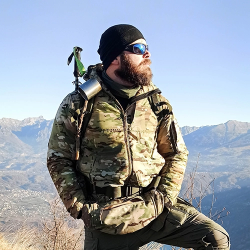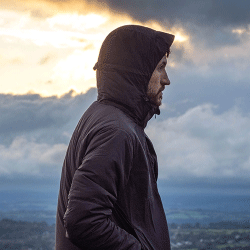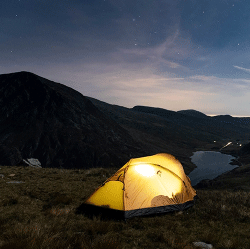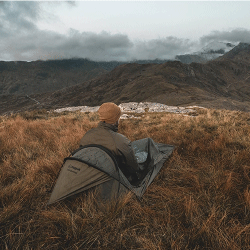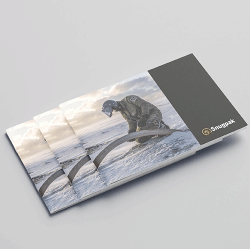

Meet Sid, coach and founder of the Royal Navy Skeleton Team!
Part of our commitment to customers at Snugpak is to create products that work in all environments and activities. For example, a sport that we have had the pleasure of crafting kits for is the sport of Skeleton Racing.
Skeleton racing is a high-adrenaline winter sport. Athletes use a bobsleigh track at speeds exceeding 120km per hour. We began working with The Royal Navy Skeleton team in 2003, providing the team with kits and essentials for when they are racing, particularly during their tours abroad to cold countries, such as Norway, where the team was this year.
We sat down the Sid Lawrence, the coach, and founder of the RNST, to discuss his time coaching the team and the team’s favourite Snugpak gear.
Tell us about your time at Royal Navy Skeleton Team, where it began, and how you got involved.
I started the RNST in 1994. After serving in the Navy for 11 years, I wanted to get involved more with the sporting side of the Royal Navy, so I began the Royal Navy Skeleton Team. After a few years of successfully building the team, I decided to form the Royal Navy Women’s Skeleton Racing team. I feel it is so important for women to get the credit they deserve in sport, and our team are certainly no exception.
Talk us through a typical day of training for you.
We wake up at around 6 am and then head straight down for breakfast. After this, it’s straight to the tracks where we begin training. Wearing our Snugpak gear, we head down to the tracks for a full morning of skeleton racing. This takes us up to lunchtime, where we stop for a quick bite to eat and then head back for more high-adrenaline racing, followed by ice baths and then video coaching of the day’s training. Early evening, we head to the workshop where we work on our Skeleton sleds, cleaning them and preparing them for upcoming races and training sessions. Considering the high-intensity nature of our sport, we are often extremely tired, so we have a full night’s sleep before waking up to do it all over again.
What is the most challenging part of this sport?
As a coach, it’s hard to see when your athletes crash or get injured, as this can put them in a bad mental state and impact their performance. This sport is not only high adrenaline and fast-paced, but it can also cause incredibly painful injuries from collisions with the side of the tracks. I have seen athletes with incredibly painful-looking bruises. Although this can be hard and really impact the morale of the athletes, they still manage to pick themselves up and deliver incredible performances.
How did the team get involved with Snugpak?
Back in 2003, I was at a show in Canary Wharf, London. The Royal Navy Skeleton Team is completely self-funded, so prior to our collaboration with Snugpak, we relied completely on our own money to supply the kit. I met the Snugpak team at this conference, and I asked if they had any kits that we could use. That was when we became brand ambassadors.
What is your favourite or most essential Snugpak item?
To be honest, all of the Snugpak kits I have used over the years have been perfect and definitely essential, so it is a hard qu
estion to answer. However, currently, I’m a big fan of the XOCET Rucksack and the Torrent Jacket. I have used the Torrent Jacket in rain, snow, and down to -20 and for hours at a time, and it is perfect.


